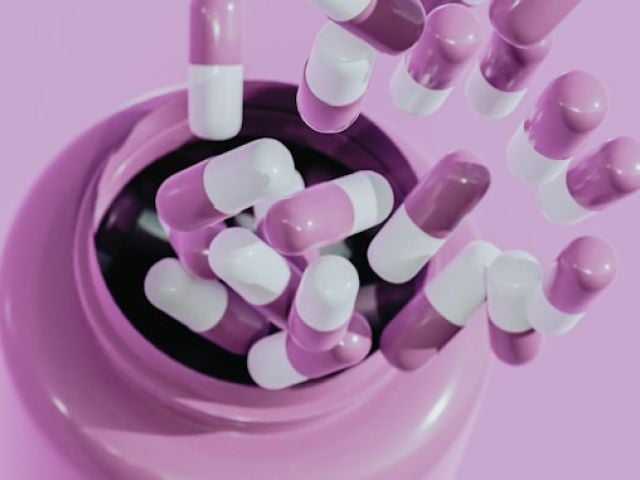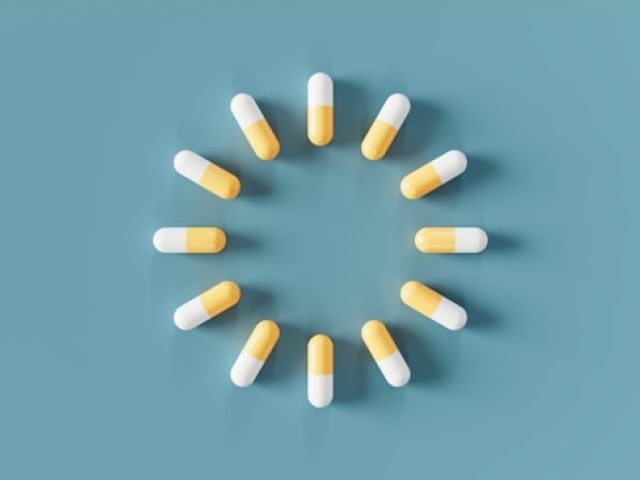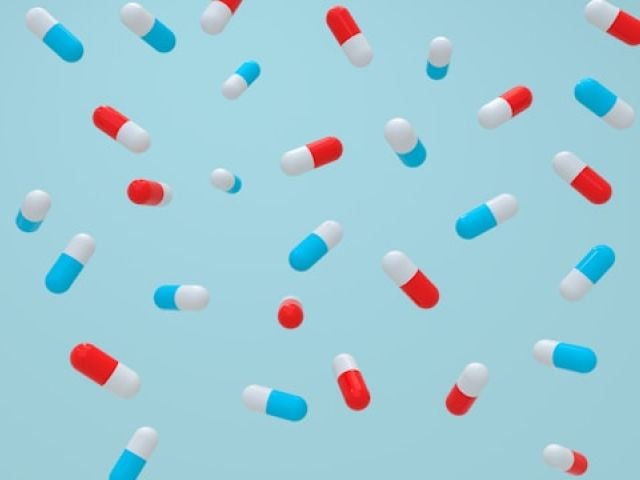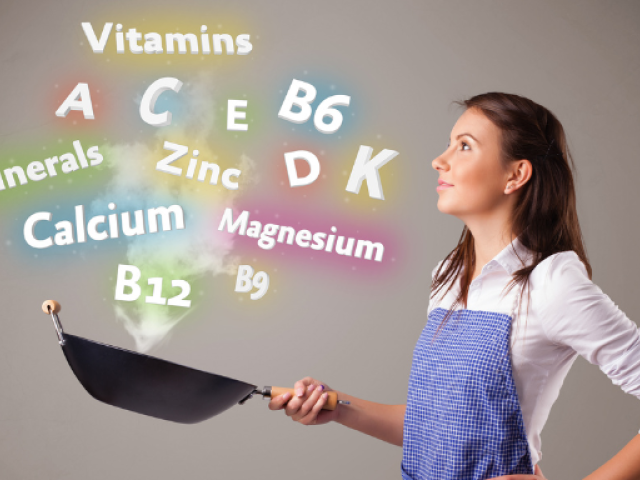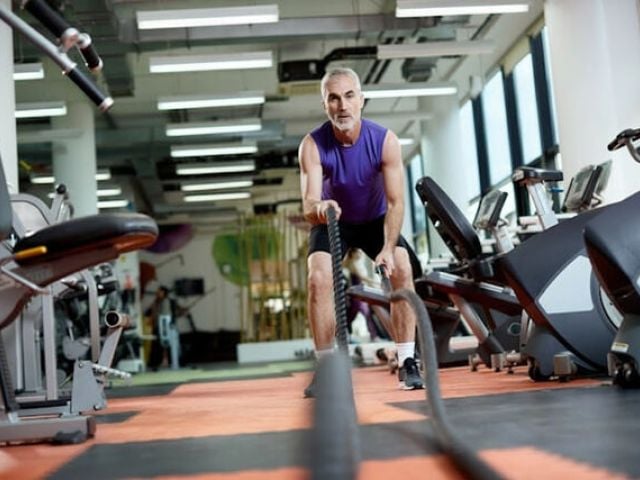
NAD+ and Long COVID: What You Need to Know
Millions of people who’ve “recovered” from COVID-19 are still dealing with lingering symptoms. This condition, called Long COVID, can affect energy, focus, and overall quality of life.
For a long time, no one knew why the symptoms just wouldn’t go away. But recent studies are starting to reveal some answers.
One clue points to NAD+, a molecule that helps your cells make energy and stay healthy. COVID-19 seems to mess with NAD+ levels, which may trigger inflammation and fatigue.
When NAD+ drops, your body struggles to repair itself and fight off stress. That’s why researchers are exploring ways to boost NAD+ to relieve Long COVID symptoms.
Key Takeaways
- COVID-19 can wipe out your NAD+ levels, which your cells need for energy, leaving you drained, foggy, and running on empty.
- Checking your NAD+ levels helps you know exactly what your body needs instead of just trying random supplements.
- Taking the right supplements like NMN or NR can give your energy a lift and calm inflammation. It takes time, but it’s a solid step toward feeling better.
What is Long COVID? (Quick Overview)
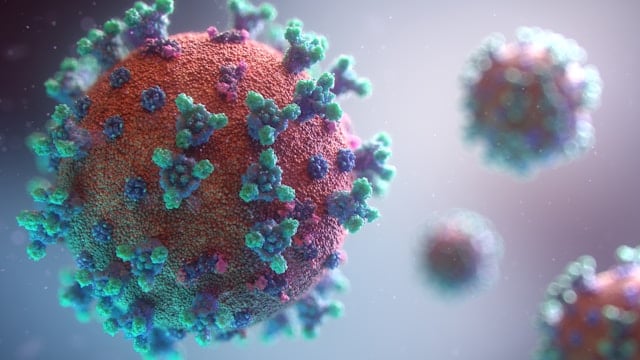
Long COVID is when symptoms stick around long after you’ve recovered from the initial COVID-19 infection.1 Doctors also call it Post-Acute Sequelae of SARS-CoV-2 infection, or PASC for short. This simply means “long-lasting effects of COVID.”
The most common complaints are fatigue, brain fog, shortness of breath, and trouble sleeping.2 Some people also experience:
- Body aches
- Headaches
- Low exercise tolerance
- Issues with the nervous system
NAD+ Basics: Your Cellular Energy Currency
NAD+ is a vital molecule found in every cell of your body. It acts as a helper that keeps your cells energized and functioning properly.
Its main job is to carry electrons during energy production. One of the key steps it supports is glycolysis, which takes place in the cytosol (the fluid inside your cells).3
It also powers the TCA cycle (also called the Krebs cycle) and oxidative phosphorylation, both of which occur in the mitochondria.4 Simply put, NAD+ is central to turning food into usable energy.
But energy production is just part of the story. NAD+ also activates important enzymes like sirtuins, PARPs, and CD38.5 These enzymes help with DNA repair, gene regulation, and stress response.
One interesting fact is that NAD+ is compartmentalized inside cells. Different parts like the mitochondria, nucleus, and cytosol have their own NAD+ pools.
Each part of the cell uses NAD⁺ a little differently. This setup allows the molecule to multitask and support several vital functions at once.
In the mitochondria (your cell’s energy center), NAD⁺ helps convert food into usable energy. In the nucleus, where your DNA is stored, it helps repair damage and regulates gene activity.
Unfortunately, your NAD+ levels naturally decline as you age or if you become ill. When this happens, your body struggles to make energy, fix damage, and respond to stress.
Because of this, low NAD+ has been linked to many chronic diseases. This may explain why some people feel wiped out long after a COVID infection.
How COVID-19 Disrupts Your NAD+

When you get hit with COVID-19, your NAD+ levels can drop quickly. The virus hijacks your NAD+ system to help itself replicate.6 It activates enzymes like PARPs, especially PARP1, which use up NAD+ while trying to fight the infection.7
Other enzymes such as PARP9, PARP10, and PARP14 also ramp up. This drains even more NAD+ from your cells and adds extra stress on your supply.
Among these enzymes, CD38 is a major NAD+ consumer whose activity increases during inflammation.8 When inflammation rises, CD38 goes into overdrive, making the problem worse.
As NAD+ gets used up, your cells start running low on energy (ATP). This makes it harder for them to do basic jobs, like keeping you healthy.
COVID also disrupts your NAD+ recycling system.9 It overstimulates some pathways while shutting down others. As a result, your body can’t make NAD+ fast enough to keep up with the demand.
At the same time, helpful enzymes like SIRT1 get suppressed. This makes it harder for your body to control inflammation and recover from stress.
The more severe the infection, the more your NAD+ levels tend to crash. This creates a vicious cycle. Low energy and high inflammation feed off each other, making recovery feel like an uphill battle.
NAD+ Deficiency in Long COVID Patients

Studies show that people with Long COVID often have low levels of NAD+.10 That drop could explain a lot of the lingering symptoms.
NAD+ is what your cells use to make energy. When you don’t have enough, your cells, especially in the brain, muscles, and blood vessels, can’t work like they should.
Here’s how low NAD+ connects to common Long COVID symptoms:
- Fatigue – Without enough NAD+, your cells can’t make enough ATP (energy), so you feel exhausted all the time even after rest. This kind of fatigue is one of the most common and frustrating symptoms people report.
- Brain fog – Your brain runs on energy, and it needs a lot to think clearly and stay sharp. When NAD+ is low, brain cells don’t get enough fuel, and they’re more likely to get inflamed. That mix can leave you foggy, forgetful, and mentally drained.
- Exercise intolerance – Muscles rely on NAD+ to produce energy during activity. When it’s not there, your body can’t keep up. Even light exercise can leave you wiped out or make your symptoms worse afterward.
Low NAD+ doesn’t just drain energy. It weakens your blood vessels, too.
The cells lining your blood vessels (endothelium) depend on NAD+ to stay healthy.11 Without it, circulation and oxygen delivery suffer, which only makes energy problems worse throughout the body.
Because NAD+ supports every cell in your body, this shortage helps explain why Long COVID symptoms can feel so widespread. It’s not “just in your head”—your cells really are struggling to keep up.
Therapeutic Potential of NAD+ Supplementation
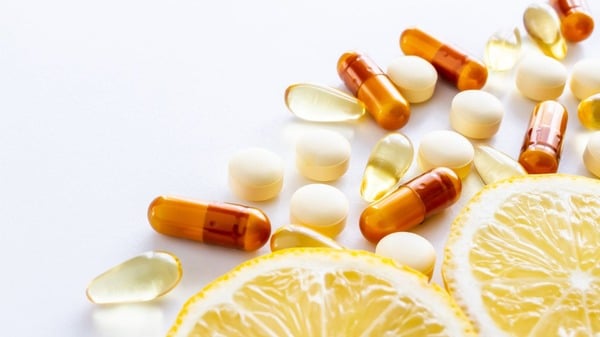
Long COVID drains your NAD+ levels. That messes with your cells’ ability to make energy and repair themselves. So it makes sense that raising NAD+ levels could help fix the problem at its root.
Early research backs this up. NAD+ precursors like nicotinamide riboside (NR), nicotinamide mononucleotide (NMN), and nicotinamide (NAM) have shown promise in lab and animal studies. They help protect cells, support mitochondria, and reduce oxidative stress—some of the same issues seen in Long COVID.
These compounds give your body the raw materials it needs to make more NAD+. That helps your cells recover, produce more energy, and work better overall. You can take them as supplements or consider NAD IV therapy if you want faster effects.12
One small study published in Elsevier tested a combo of low-dose naltrexone (LDN) and NAD+ patches in people with Long COVID. About half the participants reported better energy and quality of life, with few side effects.13
It’s not a cure, and bigger studies are still needed. But it’s a promising lead, especially when few other options are available.
Restoring NAD+ won’t fix everything overnight. Still, it targets one of the root problems behind Long COVID symptoms, and that makes it worth exploring.
Testing and Treatment: A Solution-Oriented Approach
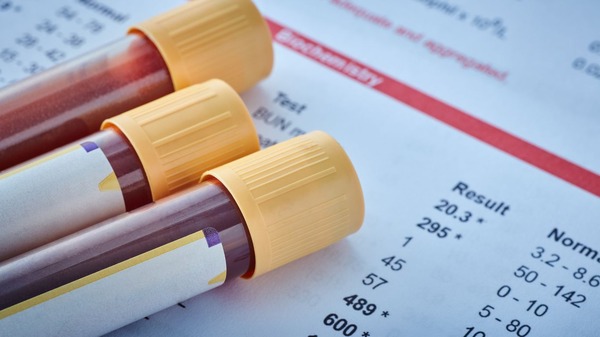
When symptoms show up, guessing isn’t good enough. The right tests and targeted treatments can finally give you answers and a real path forward.
Why Test NAD+ Levels?
NAD+ naturally drops as you get older.14 But how much it drops depends on your lifestyle, health, and stress levels.
Testing takes the guesswork out. It shows if what you’re doing is actually helping or if you’re just spinning your wheels.
That’s where a simple at-home test can really help. Jinfiniti’s Intracellular NAD® Test measures how much NAD⁺ is actually inside your cells, so you can see what your body needs.
It’s also the first clinically certified test of its kind. That means the results are reliable and useful, not just vague numbers.
If you’re always tired, recovering from illness, or trying to stay sharp, this test gives you a solid baseline. You’ll know what your body actually needs, instead of guessing.
No more blindly taking NAD supplements and hoping for the best. The test helps you take a targeted approach, not a “more is better” one. That means no more wasted time, money, or effort on treatments that don’t move the needle.
Boosting NAD+ Levels
Once you know your NAD+ levels are low, the next step is to raise them back up. Supplements like NMN and NR help your body make more NAD+ naturally.15
But not everyone reacts the same to NAD+ supplements. That’s why testing first is key. Jinfiniti calls this approach “Test, Act, Optimize” (TAO):
- Test: Check your NAD+ levels and related markers to understand your starting point.
- Act: Take the right type and dose of supplements based on your test results and personal factors.
- Optimize: Retest regularly to see how you’re responding and adjust your plan as needed.
It’s not an instant fix. Most people start feeling more energy, focus, and quicker recovery after about 6 to 8 weeks. Your body needs time to rebuild from the inside out.
The goal isn’t just higher NAD+ numbers. It’s about feeling more like yourself, or even better. With the right plan, you stop guessing and start seeing real results.
Supporting Your Recovery

NAD+ supplements work best when they’re part of a bigger recovery plan, not a stand-alone fix.16 That means looking at the full picture: your energy systems, immune health, and how your body’s responding day to day.
Simple lifestyle changes can boost your NAD+ levels naturally and help your cells recover faster. Here are some key strategies:
- Balanced nutrition: Eating a variety of whole foods gives your cells the nutrients they need to produce NAD+ and stay healthy.
- Regular, paced movement: Gentle exercise improves mitochondrial function without wearing you out. It helps your body rebuild energy efficiently.17
- Stress management: Keeping stress in check lowers inflammation and supports your cells’ ability to recover and function well.18
And while restoring NAD+ can help, it’s not a silver bullet. Most people will need a combination of therapies, like mitochondrial support, inflammation control, and lifestyle changes, to really move the needle. But tackling NAD+ deficiency is a smart place to start.
Since no two cases of Long COVID look exactly the same, there’s no one-size-fits-all solution. That’s why a personalized approach based on your health history, age, and how your symptoms show up can lead to better outcomes.
As research evolves, we’ll likely see more ways to match the right NAD+ strategy to the right person. Until then, tuning in to how your body responds and working with a provider who can guide adjustments can make a huge difference.
Takeaway

Still feeling drained long after COVID? That lingering fatigue, brain fog, and low stamina could be your body’s way of signaling low NAD+ levels, a vital molecule your cells need for energy and repair.
When NAD+ runs low, your body can’t make enough energy or bounce back from stress. It’s like trying to run on a dead battery.
That’s why testing your NAD+ levels is gaining traction. It gives you a clear picture of what’s happening inside your cells. If your levels are low, targeted supplements might help get you back on track.
This isn’t some overnight fix, but it’s a solid, science-backed step. For a lot of people, it’s been a game-changer.
If you’re tired of feeling stuck, it might be time to stop guessing. A quick at-home test can point you in the right direction, so you can start feeling more like yourself again.
And remember, it’s important to talk with a healthcare provider about your results and the best next steps. They can help tailor your plan so you’re not just guessing and start feeling more like yourself again.
Remember, recovery is a journey. Small, consistent steps based on your unique biology can help you regain energy and clarity, one day at a time.
Referenced Sources:
- https://www.nature.com/articles/s41591-024-03173-6 ↩︎
- https://www.sciencedirect.com/science/article/pii/S2589537021002996 ↩︎
- https://www.nature.com/articles/s41392-020-00311-7 ↩︎
- https://www.sciencedirect.com/topics/biochemistry-genetics-and-molecular-biology/krebs-cycle ↩︎
- https://pmc.ncbi.nlm.nih.gov/articles/PMC8261484/ ↩︎
- https://pmc.ncbi.nlm.nih.gov/articles/PMC10899445/ ↩︎
- https://www.sciencedirect.com/science/article/pii/S1471490622000254 ↩︎
- https://pmc.ncbi.nlm.nih.gov/articles/PMC8917930/ ↩︎
- https://pmc.ncbi.nlm.nih.gov/articles/PMC11768799/ ↩︎
- https://www.cell.com/trends/immunology/fulltext/S1471-4906(22)00025-4 ↩︎
- https://pmc.ncbi.nlm.nih.gov/articles/PMC9952603/ ↩︎
- https://pmc.ncbi.nlm.nih.gov/articles/PMC9234841/ ↩︎
- https://pmc.ncbi.nlm.nih.gov/articles/PMC10862402/ ↩︎
- https://www.ahajournals.org/doi/10.1161/CIRCULATIONAHA.121.056589 ↩︎
- https://www.sciencedirect.com/science/article/pii/S2090123221001491 ↩︎
- https://pmc.ncbi.nlm.nih.gov/articles/PMC10692436/ ↩︎
- https://www.frontiersin.org/journals/physiology/articles/10.3389/fphys.2021.660068/full ↩︎
- https://pmc.ncbi.nlm.nih.gov/articles/PMC5476783/ ↩︎

Get weekly health insights and exclusive offers by joining our newsletter.


